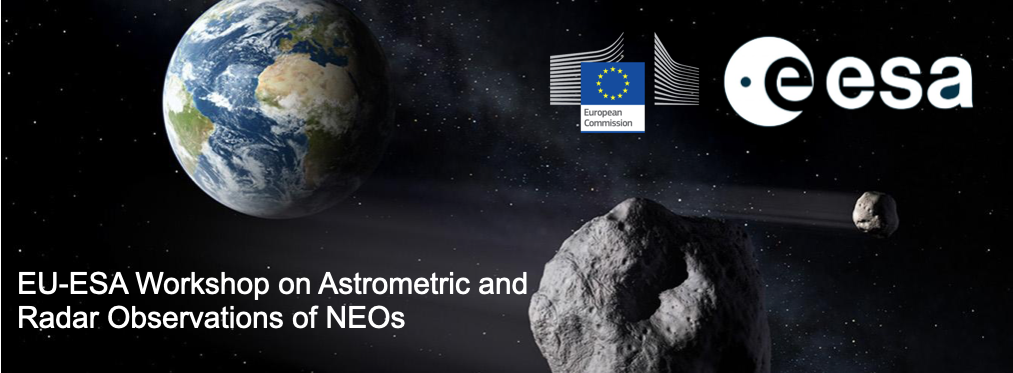Astrometry of moving targets with HST imaging devices presents some interesting challenges to retain the full precision possible. The dominant challenge comes from the differential motion between the object and the background stars. This motion includes the orbital path of HST around the Earth in addition to the usual orbital motions of the Earth and object around the Sun. Just as important...
We present the results of our analysis of the Gaia Focused Product Release (FPR) astrometry [1] and the results of the Main Belt Asteroid (MBA) mass estimation exercise using all available astrometry [2]. Gaia FPR includes astrometric observations of more than 156,000 asteroids [3]. The high precision of these astrometric observations requires careful modeling of the dynamics and the...
In the past, observations from space assets successfully showed the potential of discovering and analysing NEOs and other small bodies in the solar system within the scope of its mission (e.g., Gaia, NEOWISE). More and more, we make use of more unconventional observations from spacecrafts that were not fully intended for such operations – 2024 YR4 observations by JWST turned out to be a...
Searching the sky for potentially hazardous asteroids is typically carried out by dedicated ground-based surveys. These observations face certain limitations, as the telescopes operate in the visible wavelength range and only observe at night. Since optical telescopes detect asteroids via reflected sunlight, objects approaching Earth at very small elongation angles are particularly difficult...

